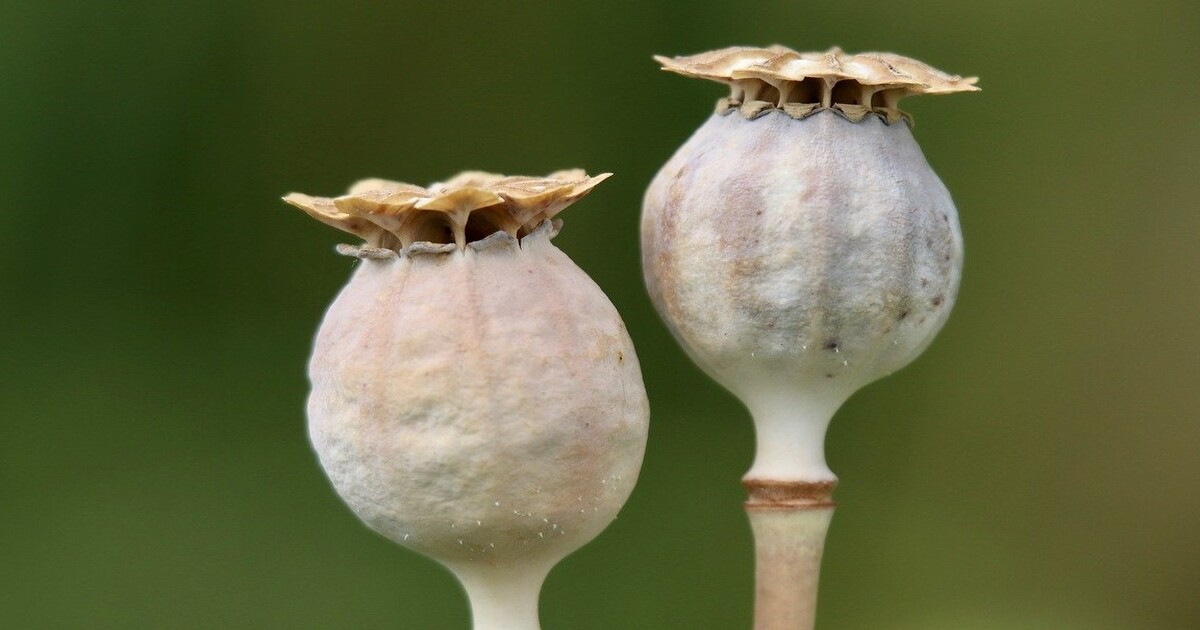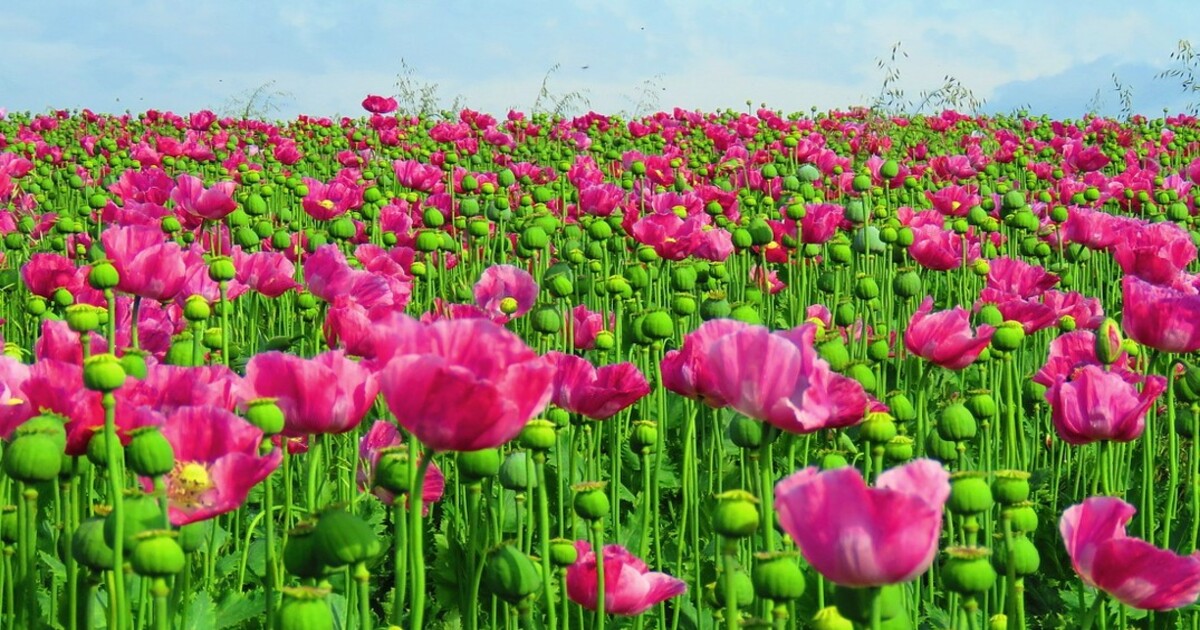Deadly Farming: Afghanistan’s Opium Acres
The area under cultivation is approaching the size of the smallest U.S. state.
January 14, 2017

1. In 2014, 224,000 hectares (865 sq. miles) – or about 0.3% of Afghanistan’s landmass – was used for the cultivation of opium poppies.
2. This land area within Afghanistan dropped by nearly a fifth in 2015 due to a one-year blight in opium growing areas of the south.
3. The land area under cultivation rebounded in 2016 and several times larger (!) than at the time of the U.S. invasion.
Deadly Farming: Afghanistan’s Opium Acres
Afghanistan’s Opium: No End in Sight
4. Afghanistan is a large, mountainous country. Its 252,000 square miles of territory make it comparable in size to the state of Texas (268,000 sq. miles), the second-largest U.S. state.
5. Afghan land devoted to growing opium in 2014 was equal to more than four-fifths the land area of Rhode Island, the smallest U.S. state.
6. Even in a bad year of growth, such as 2015, some two-thirds of all worldwide land area under cultivation for opium is located in Afghanistan.
7. Those 865 sq. miles of production also easily allow Afghanistan to be the world’s largest producer of illicit opium by volume.
8. The country has ranked first worldwide every year but one since 1991.
9. The exception was 2001, the year of the U.S.-led invasion that toppled the Taliban government.
10. It was not in fact the invasion that reduced opium land area, but rather a Taliban growing ban just prior, which cut production by nearly 95%.
Sources: The Globalist Research Center, United Nations Office on Drugs and Crime, New York Times
Takeaways
Afghan land devoted to growing opium in 2014 was more than four-fifths the land area of Rhode Island.
Two-thirds of all worldwide land area under cultivation for opium is located in Afghanistan.
It was not the US invasion that reduced opium land area in Afghanistan in 2001. It was a Taliban growing ban.
